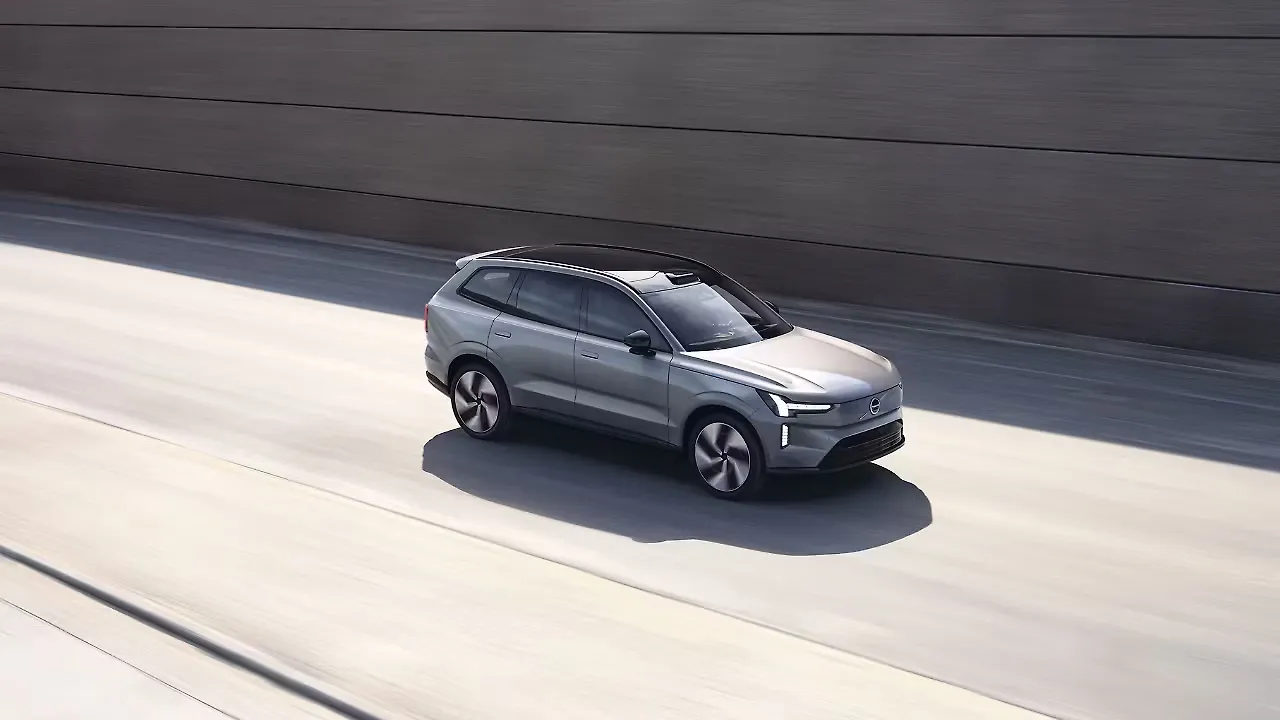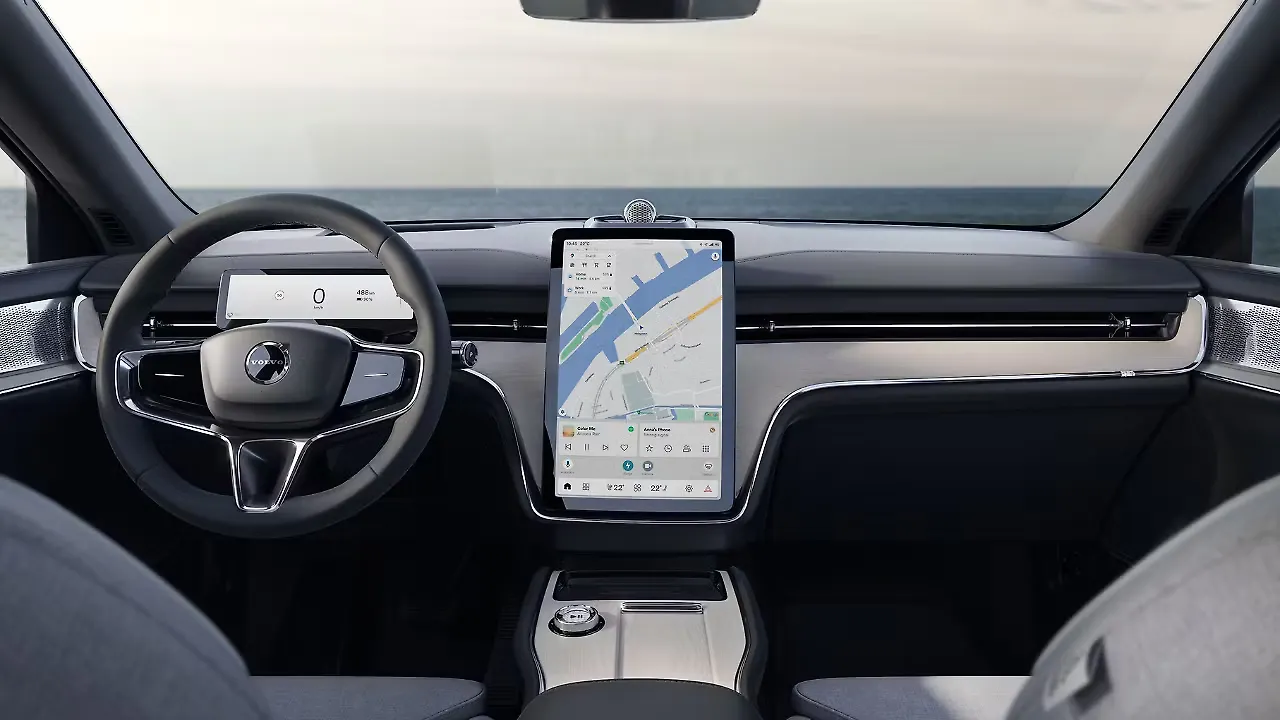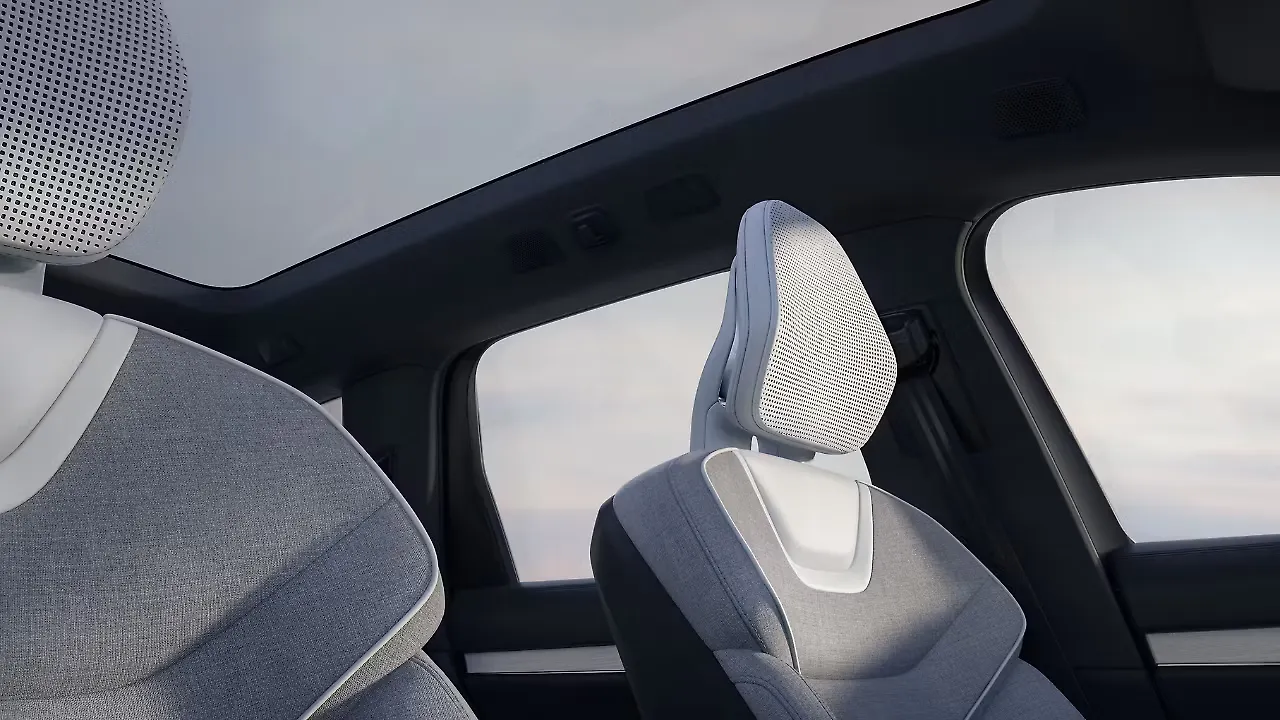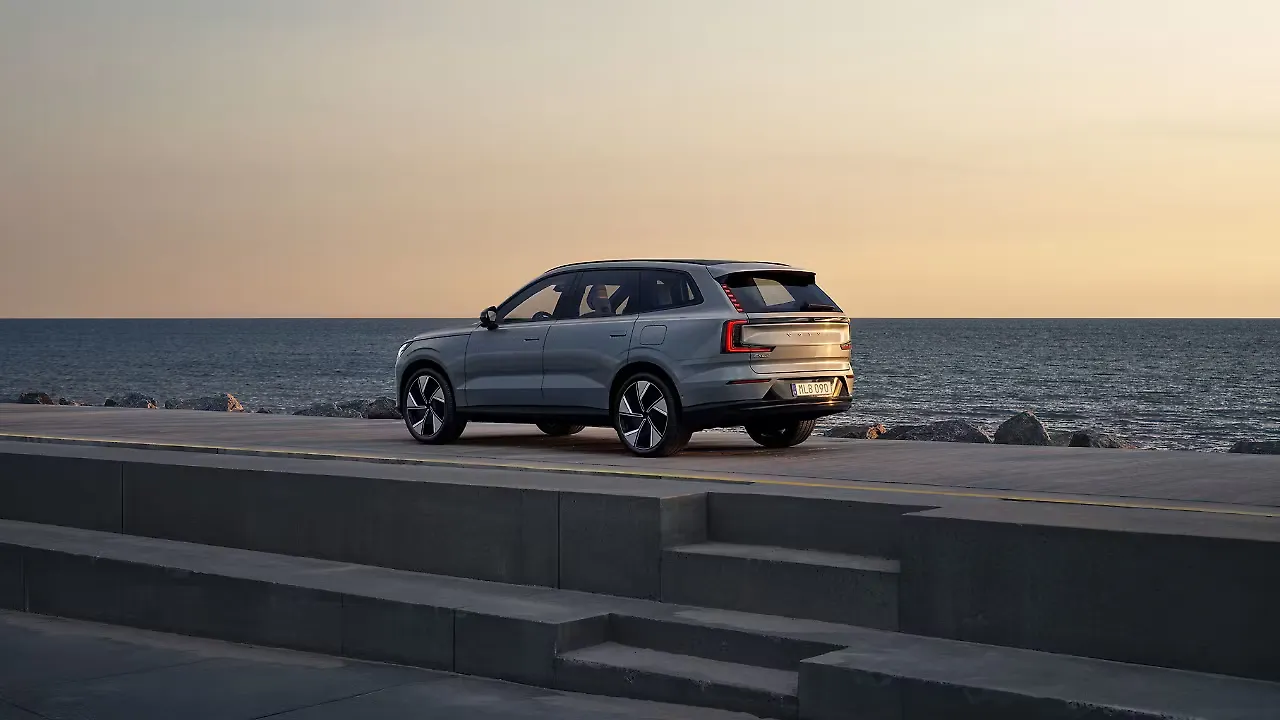
Electricity is the future of transportation. If not for all segments, however, electricity is the fuel of the future passenger car segment. In light of this, nearly every vehicle manufacturer has announced plans to go all-electric by the decade's end.
Some OEMs have already begun implementing their plans to go entirely electric; Volvo, a Swedish automobile manufacturer, is one such company. The first EV from the company's stable was the XC40 Recharge which was launched back in 2019 and was recently launched in India.
Now, the carmaker has taken another step in its electrification journey with the launch of its new flagship, EX90.
With the launch of the new flagship, the company is believed to have entered the next step in its journey, setting a decisive course for a fully electric future.
Starting with the Volvo EX90, Volvo Cars intends to reveal one new fully electric car each year, while by 2030, it aims to sell only fully electric cars, which is crucial to its ambition to be a climate-neutral company by 2040.
Jim Rowan, CEO, Volvo Cars, described the EX90 as a statement about what the company is and where it is going. The e-SUV, showcased in downtown Stockholm, will be built in the USA starting next year and later in China. As explained by the company, the idea behind having two production facilities is to be climate neutral.
Speaking of the vehicle, the EX90 poses what the Volvo brand stands for and simultaneously provides a glimpse into the brand's future. Underpinning the company's SPA Gen-2 platform, the new vehicle is hardware-ready for unsupervised driving in the future and comes with Level-4 autonomy, making it the safest Volvo ever and showcasing Volvo's commitment towards safety.
State-of-the-art sensors like cameras, radars and Lidar are connected to the car's high-performance core computers, where NVIDIA Drive runs Volvo Cars' in-house software to create a real-time, 360-degree view of the world.
The Lidar, delivered by Luminar, can sense the road in front and can see small objects hundreds of metres ahead, creating more time to inform, act and avoid. The sensors also improve the reliability and overall performance of our assisted driving function, Pilot Assist, with new steering support while changing lanes.
However, the backbone of the complete system is a core system powered by NVIDIA Drive AI platforms Xavier and Orin, Snapdragon Cockpit Platforms from Qualcomm Technologies and in-house developed software by Volvo engineers that run most of the core functions inside the car, from safety and infotainment to battery management.
Special sensors and cameras, powered by the company's in-house developed algorithms, gauge eye gaze concentration. The technology allows the Volvo EX90 to understand when the driver is distracted, drowsy or otherwise inattentive, beyond what has been possible in a Volvo car to date.

The car will alert the driver, first by softly nudging, then more insistent. And if the driver falls asleep or is taken ill while driving, the Volvo EX90 is designed to stop safely and call for help.
On the entertainment front, by combining the state-of-the-art computing power from Snapdragon Cockpit Platforms with the visualisation capabilities of Unreal Engine, the 3D tool developed by Epic Games and used to power some of the world's largest games, to give lightning-fast computing power and high-quality graphics on the in-car screens and head-up display.
Meanwhile, a 14.5-inch centre vertical screen is the gateway to the infotainment systems on offer, with Google built in bringing Google apps and services, including hands-free help from Google Assistant, Google Maps navigation, and more on Google Play, all as standard. Additionally, the vehicle also comes with a standard 5G connection.
The Volvo EX90 will also come with phone key technology as standard, which uses the smartphone to serve as the car key and automatically unlocks the car and starts a personal welcoming sequence as the driver approaches. The owner's profile will also be loaded automatically when entering the car.
Drivetrain
The EX90 comes with a brand new, in-house developed, fully electric technology base. Delivering up to 600 kilometres of driving range on a single charge, according to the WLTP test cycle, it charges from 10 to 80% in around 30 minutes.
The initially available twin-motor all-wheel drive version is powered by a 111kWh battery and two permanent magnet electric motors together, delivering in its performance version 380 kW (517 hp) and 910 Nm of torque.
Additionally, the Volvo EX90 is Volvo's first car with all the necessary hardware to enable bi-directional charging. It's a technology whereby one can use the car battery as an extra energy supply, for example, to power your home, other electronic devices or another electric Volvo car. The OEM plans to make bi-directional charging available in the future, starting with selected markets.
Sustainability
The Volvo EX90 contains approximately 15% recycled steel, 25% recycled aluminium, and 48 kilograms of recycled plastics and bio-based materials, which corresponds to around 15% of the total plastic used in the car – the highest level of any Volvo car to date.

Moreover, the interior is also filled with responsibly-sourced materials, reflecting the company's sustainability ambitions, such as being a fully circular and climate-neutral company by 2040.
Defining Next-Gen Products
Earlier in the week, Volvo Cars re-confirmed its mid-decade ambitions at the company's first-ever Capital Markets Day in Stockholm. Senior management gave shareholders and analysts an update on its progress towards those ambitions.
In 2021, Volvo Cars revealed its strategic ambitions to become one of the automotive industry's fastest transformers and a fully electric car brand by 2030. It also set out to shape the future of mobility with strong ambitions for sustainable growth.
During Capital Markets Day, the company's leadership re-confirmed that the company is committed and fully focused on its mid-decade ambitions, despite the ongoing macroeconomic challenges around the world.
These include an ambition to sell 1.2 million cars annually by mid-decade, with a 50% share of fully electric cars, sell half of all cars via online channels and realise an annual EBIT of 8-10%.
The driver for growth is built on a double-edged disruption of electrification and the power of digitisation for a better consumer experience. Besides, the company also plans on flipping the UK market by mid-next year to be direct-consumer facing, using strong digital solutions.

Volvo Cars is also on track to lower CO2 life cycle emissions per car by 40% versus the baseline of 2018 and be an employer of choice. The company noted that sustainability is key to its future success and central to its strategy and ambitions.
Also Read